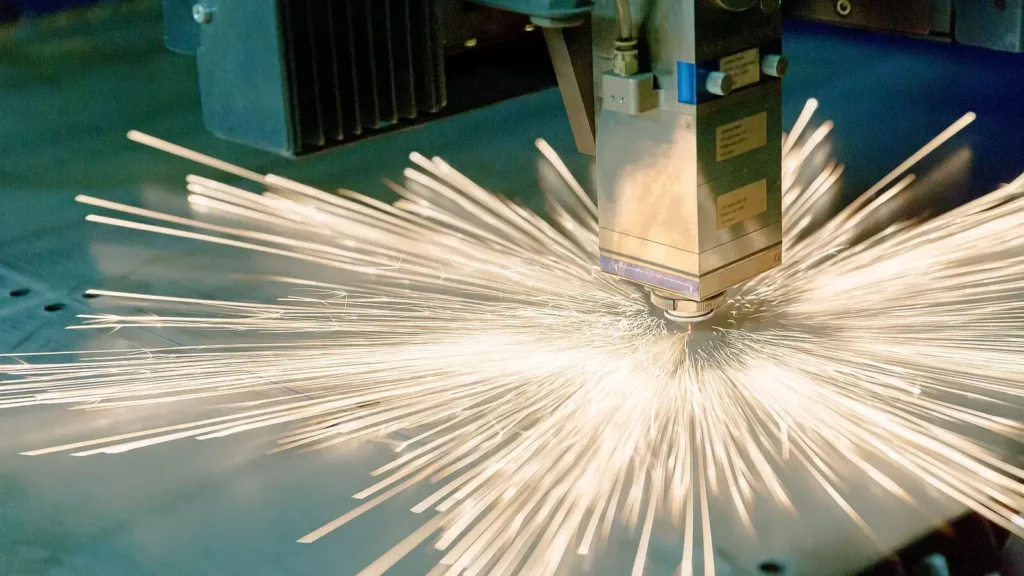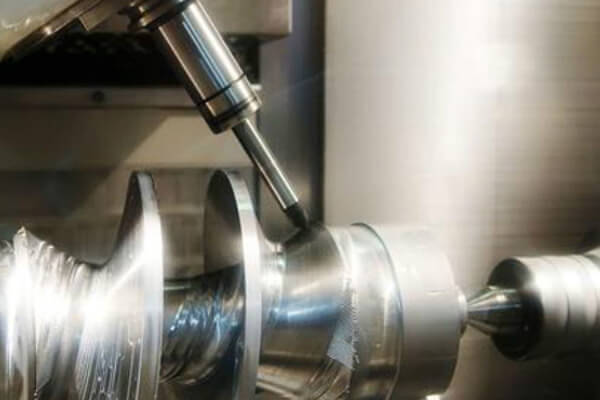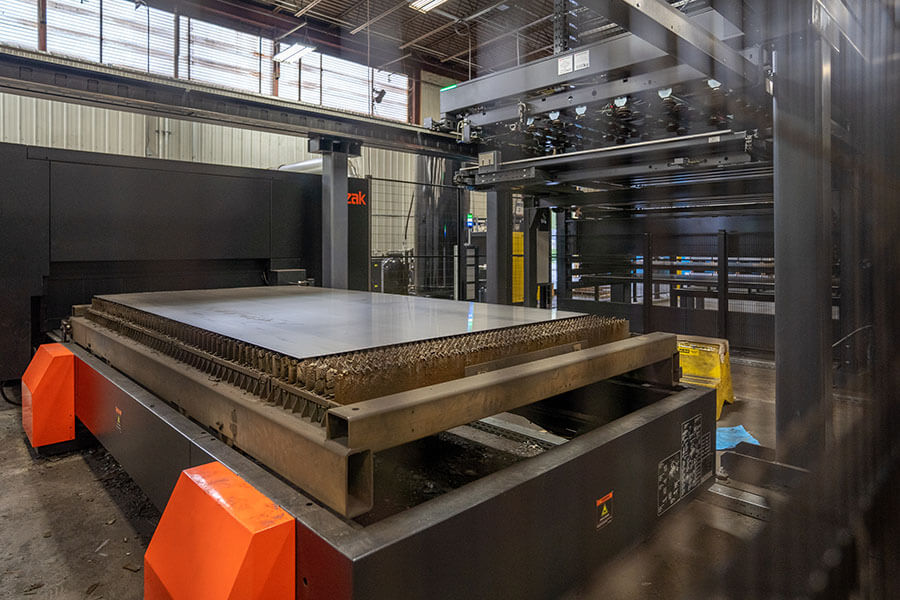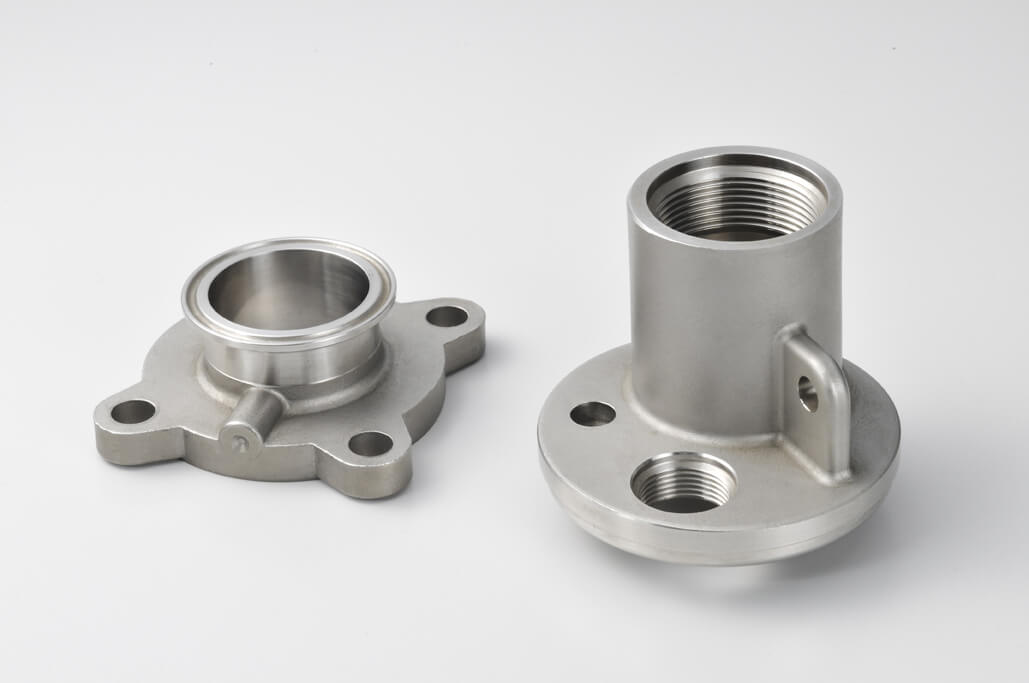Introduction to Processing Materials
Materials processing is an essential part of many industries, including manufacturing and construction, including delonghi coffee machine parts uk, doner machine parts, eskimo joe slush machine parts, espresso machine diagrams parts and haier washing machine parts. It involves transforming raw materials into finished products through a variety of technologies and processes.
This introductory guide is designed to provide a basic understanding of materials processing, including its importance, common methods and key considerations.
First and foremost, it is crucial to understand the significance of processing materials. Without proper processing, raw materials cannot be utilized effectively, and their potential value remains untapped. Processing materials allows for the creation of products that meet specific requirements, such as strength, durability, and functionality. It also enables the customization of materials to suit different applications, ensuring optimal performance and efficiency.

There are several common methods used in processing materials, each with its own advantages and limitations. One widely used method is mechanical processing, which involves shaping and forming materials through mechanical forces. This can include cutting, grinding, bending, and molding. Mechanical processing is often used for metals, plastics, and composites, as it allows for precise control over the final shape and dimensions of the product.
Another common method is thermal processing, which involves subjecting materials to high temperatures to alter their properties. Heat treatment, for example, is used to improve the strength and hardness of metals by controlling their microstructure. Thermal processing can also be used to melt and fuse materials together, as in welding and soldering. This method is particularly useful for materials that are sensitive to mechanical forces or require specific temperature conditions for processing.

Chemical processing is yet another method used in material processing. It involves using chemical reactions to change the composition and properties of materials. For example, electroplating is a chemical process that deposits a layer of metal on a substrate to enhance its appearance or protect it from corrosion. Therefore, chemical processing is often used for processes that require surface treatment or have complex compositions that cannot be achieved by mechanical and thermal means.
When processing materials, there are several key considerations that need to be taken into account. One important factor is the selection of the appropriate processing method based on the material’s properties and desired outcome. Different materials may require different techniques to achieve the desired results. It is also essential to consider the environmental impact of the processing methods used, as some techniques may generate waste or emissions that can harm the environment.
Furthermore, the quality control of processed materials is crucial to ensure that they meet the required specifications and standards. This involves conducting tests and inspections at various stages of the processing to identify any defects or deviations from the desired properties. Quality control measures help to minimize the risk of product failure and ensure customer satisfaction.

In conclusion, material processing is an important aspect of many industries, such as delonghi coffee machine parts uk, doner machine parts, eskimo joe slush machine parts, espresso machine diagrams parts and haier washing machine parts, which can transform raw materials into finished products. Mechanical, thermal, and chemical processing are common methods used to shape, modify, and enhance materials. When processing materials, it is important to consider factors such as the material’s properties, desired outcome, environmental impact, and quality control. By understanding the basics of processing materials, industries can optimize their production processes and deliver high-quality products to meet customer demands.
